Safety risks increased, or created, by distraction are a problem as relevant to occupational health and safety (OHS) as it is across society. There are analogue solutions – remove the distracting devices – and technological solutions that are often embedded in the distracting device. Sometimes there are other solutions and one is being trialled at a small intersection in Melbourne.
These illuminated tactile pavers have been embedded in the footpath applying the logic that as people are looking down at their phone screens, a bright contrasting floor level background should attract their attention. These footpath lights are synchronised with the pedestrian traffic lights, basically bringing the traffic signals within the peripheral vision of pedestrians.
Several variations on this concept have been trialled around the world for traffic and pedestrian control but they may be more usefully applied in some workplaces, especially where passive hazard signs have become normalised.
Continue reading “Pimp your administrative controls”
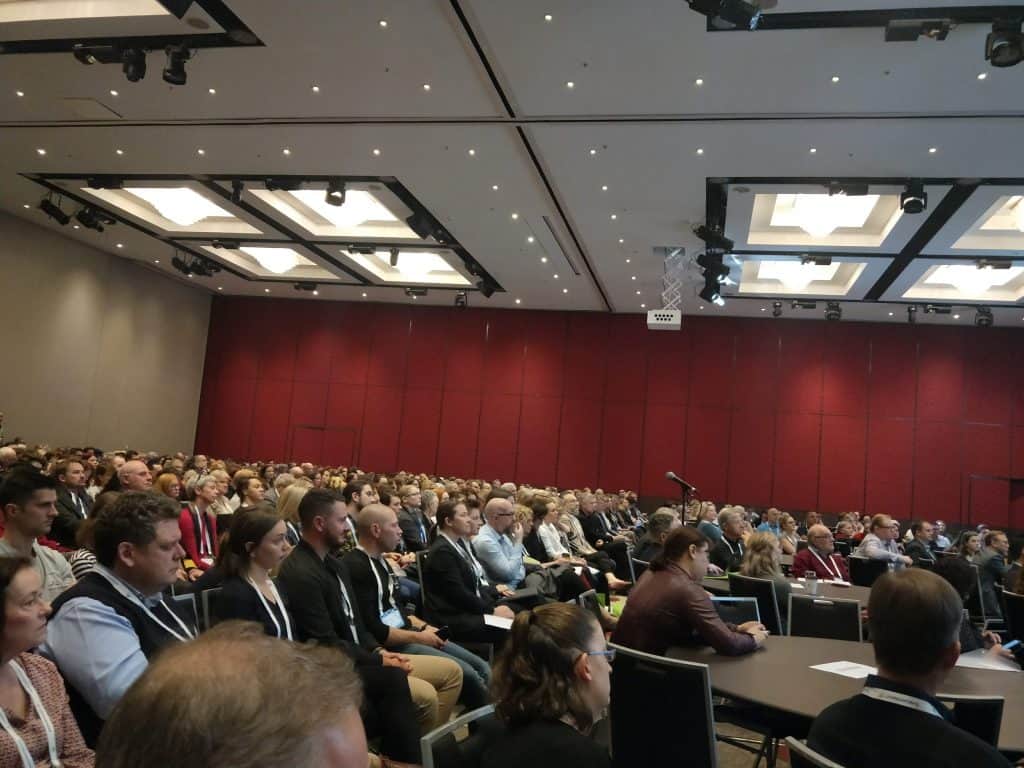
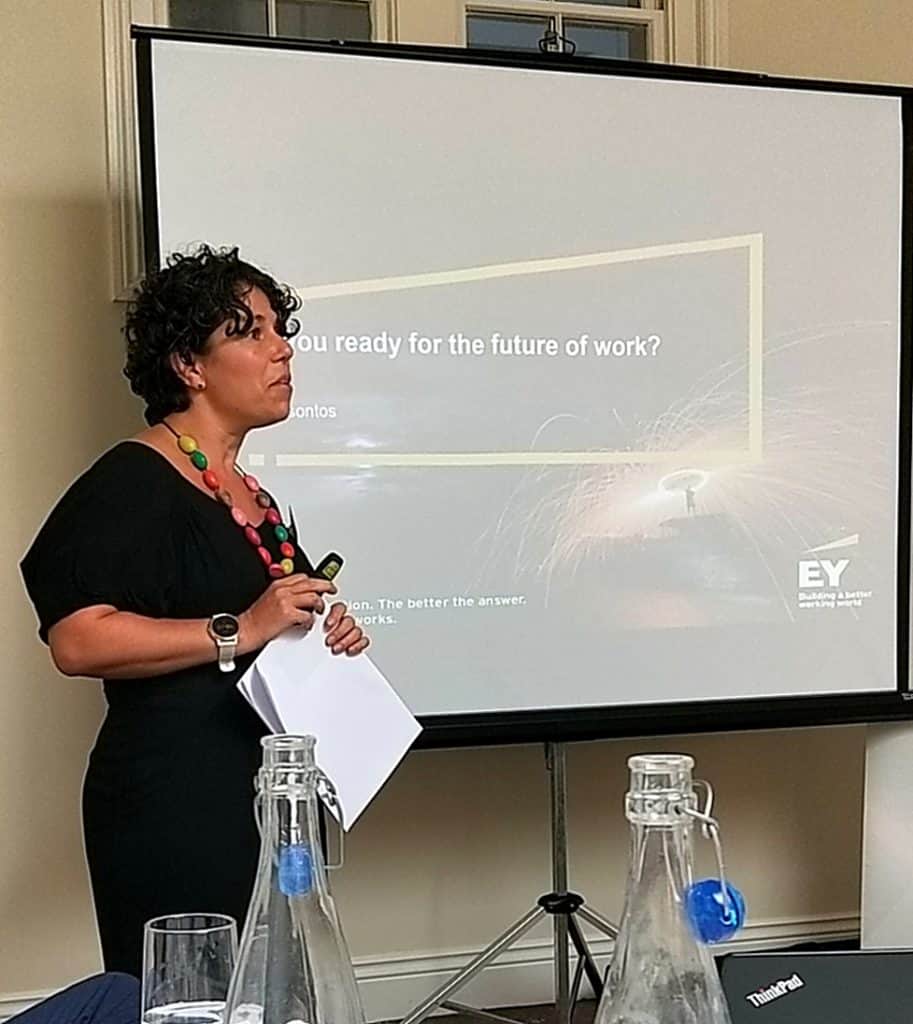
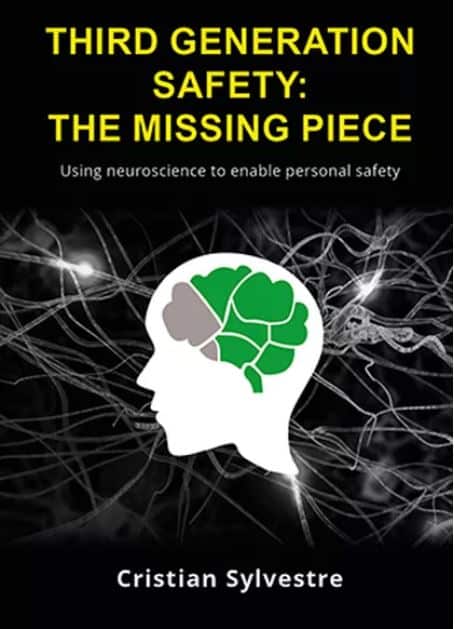
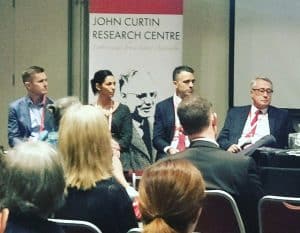
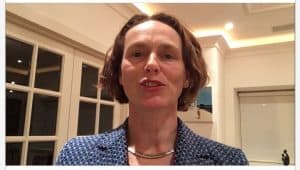 Today,
Today, 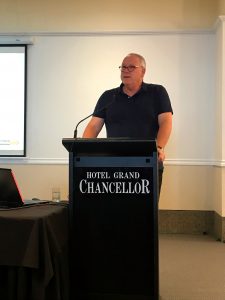 This article is part two of an edited version of a keynote presentation I made at the a special WHS Inspectors Forum organised by WorkSafe Tasmania. The audience comprised inspectors from around Australia and New Zealand. I was asked to be provocative and challenging so posed some questions to the audience about how occupational health and safety (OHS) is managed, regulated and inspected.
This article is part two of an edited version of a keynote presentation I made at the a special WHS Inspectors Forum organised by WorkSafe Tasmania. The audience comprised inspectors from around Australia and New Zealand. I was asked to be provocative and challenging so posed some questions to the audience about how occupational health and safety (OHS) is managed, regulated and inspected.